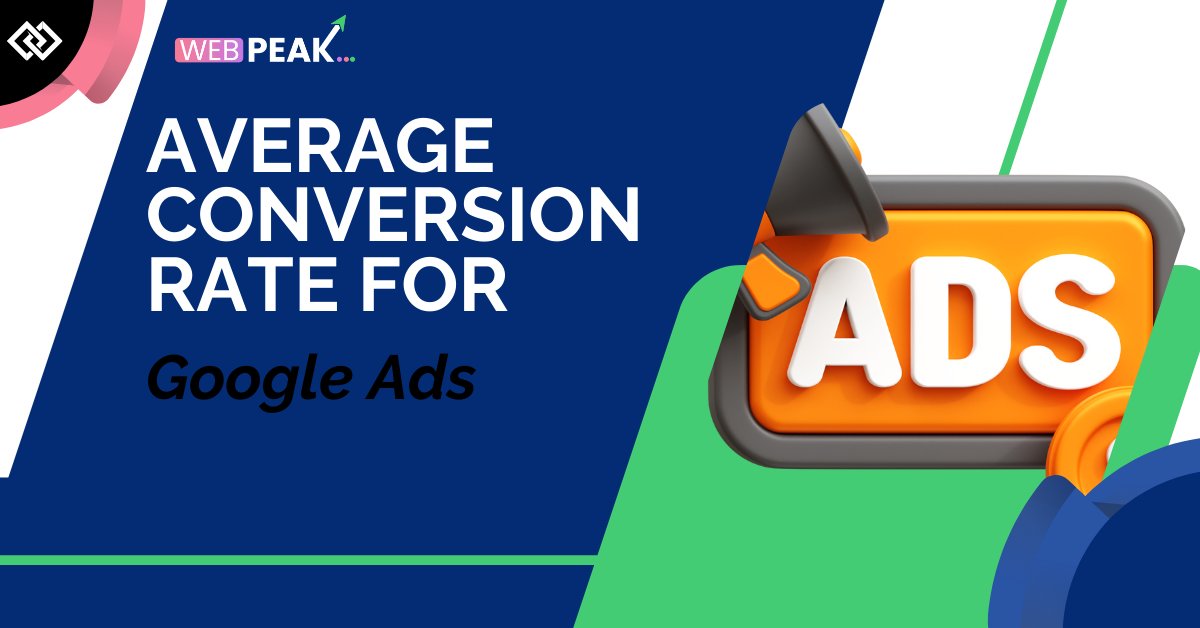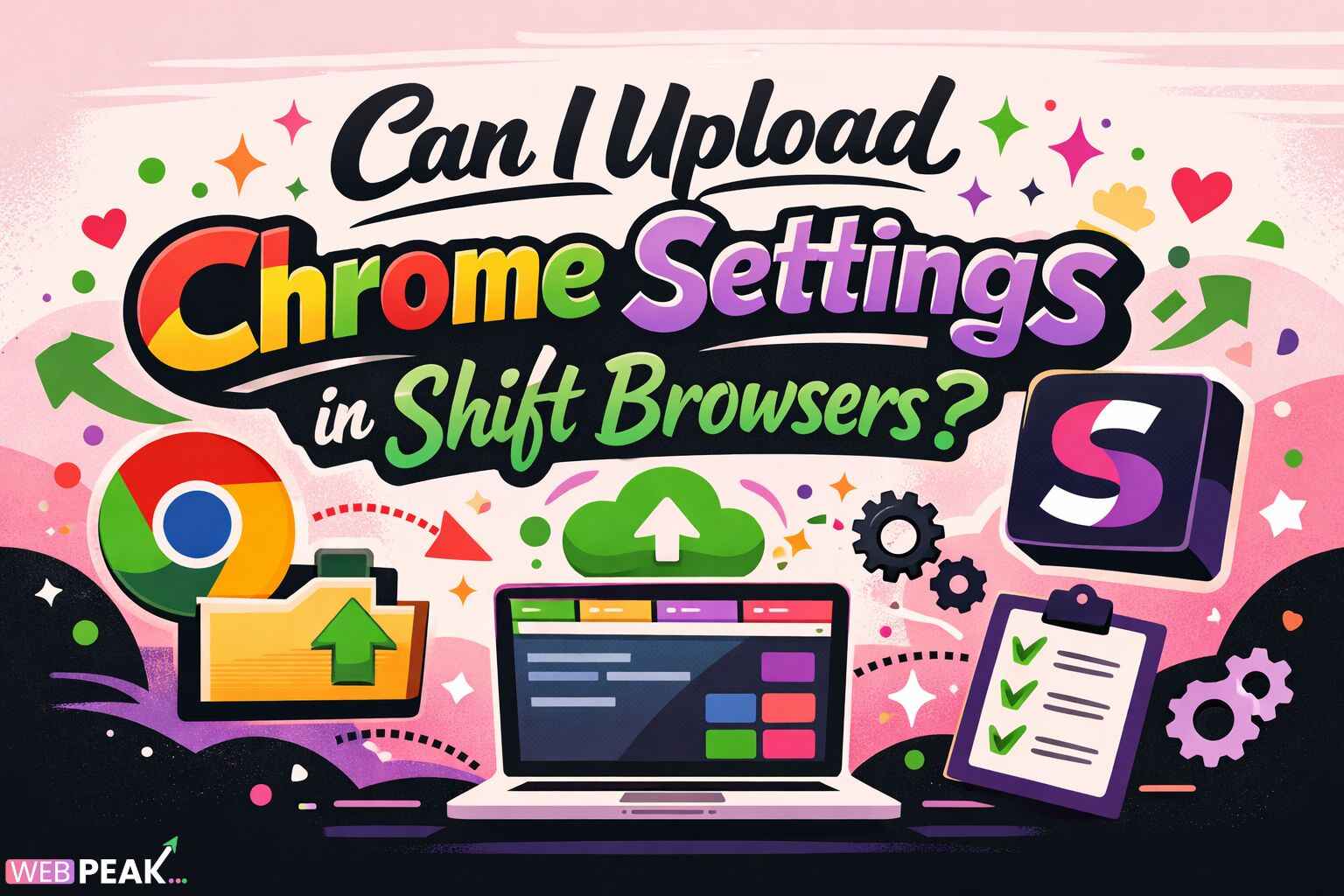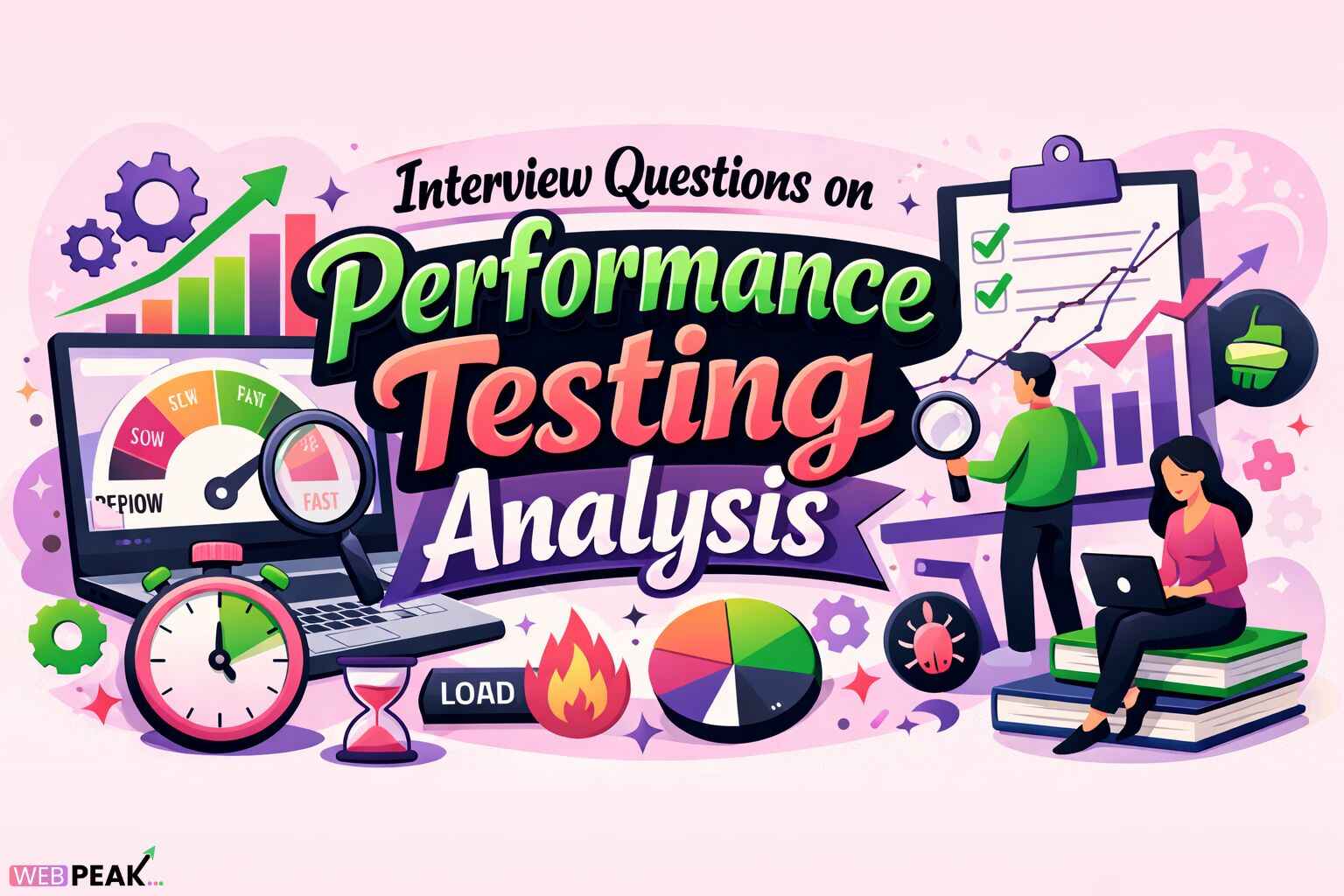Average Conversion Rate for Google Ads – Complete Guide
Google Ads is one of the most powerful online advertising platforms available today, offering businesses the ability to target potential customers with precision. But while getting clicks is great, the real measure of success is how many of those clicks turn into valuable actions — purchases, leads, or sign-ups. This is where the concept of conversion rate becomes crucial. Understanding the average conversion rate for Google Ads is essential for benchmarking your campaigns and identifying areas for improvement.
In this guide, we will explore what a conversion rate is, the current average rates across industries, factors that influence them, and practical strategies to boost your performance. Whether you’re a small business or a large enterprise, mastering conversion rate optimization (CRO) can significantly improve your return on investment (ROI).
What is a Conversion Rate in Google Ads?
A conversion rate in Google Ads refers to the percentage of clicks on your ad that result in a desired action, such as making a purchase, filling out a contact form, or signing up for a newsletter. The formula is straightforward:
Conversion Rate (%) = (Number of Conversions ÷ Number of Clicks) × 100
For example, if your ad gets 100 clicks and 5 of those clicks result in a sale, your conversion rate is 5%.
Why It Matters
- Measures effectiveness: A high click-through rate (CTR) means people are interested, but conversion rate reveals if your ads are driving actual business results.
- Impacts ROI: Better conversion rates often mean more profit without increasing ad spend.
- Guides optimization: Knowing your rate helps you make data-driven decisions for campaign adjustments.
Average Conversion Rate for Google Ads Across Industries
Conversion rates vary significantly depending on the industry, the type of product or service, the target audience, and the campaign objective. According to multiple digital marketing studies, the average conversion rate for Google Ads on the search network is generally between 3% and 5%, while the display network averages around 0.5% to 1%.
Industry Benchmarks (Search Network)
| Industry | Average Conversion Rate |
|---|---|
| Legal Services | 6.98% |
| Consumer Services | 6.64% |
| Finance & Insurance | 5.10% |
| Education | 4.13% |
| Healthcare | 3.36% |
| Technology | 2.92% |
| E-commerce | 2.81% |
| Real Estate | 2.47% |
| Travel & Hospitality | 2.57% |
These benchmarks are averages, meaning your specific business could be performing better or worse depending on your campaign’s targeting, messaging, and landing page experience.
Display Network Benchmarks
The Google Display Network (GDN) tends to have lower conversion rates due to its broader reach and less direct intent. Averages here hover around 0.5% to 1%, though highly targeted remarketing campaigns can significantly outperform these numbers.
Factors That Influence Google Ads Conversion Rate
1. Relevance of Ad Copy
Your ad must closely align with what the searcher is looking for. Irrelevant ads can get clicks but fail to convert because they don’t meet user expectations.
2. Landing Page Experience
Google even factors landing page quality into its Quality Score. A poorly designed or slow-loading page can drastically reduce conversions.
3. Targeting & Audience Segmentation
The more specific your targeting, the more likely you are to reach users who are ready to convert. This includes using demographics, in-market audiences, and remarketing lists.
4. Ad Extensions
Using sitelinks, callouts, and structured snippets can increase your ad’s clickability and provide users with more reasons to take action.
5. Device Targeting
Conversion rates can vary by device. For example, some industries perform better on desktop due to complex forms, while others thrive on mobile because of quick purchase processes.
6. Seasonality
Consumer behavior changes throughout the year. Seasonal peaks can improve conversion rates, while off-seasons might lower them.
How to Calculate Your Own Conversion Rate
In Google Ads, you can see your conversion rate directly in your campaign dashboard. However, you can also calculate it manually:
- Go to your campaign’s performance data.
- Find the total number of conversions.
- Find the total number of clicks.
- Apply the formula: (Conversions ÷ Clicks) × 100
Strategies to Improve Your Google Ads Conversion Rate
1. Optimize Landing Pages
- Ensure fast load times (under 3 seconds).
- Use a clear, compelling headline that matches your ad copy.
- Include a strong call-to-action (CTA).
- Minimize distractions — keep the page focused on the desired action.
- Ensure mobile responsiveness.
2. Refine Keyword Targeting
Use high-intent keywords that reflect readiness to buy or engage. For example, “buy running shoes online” signals more intent than “running shoes.”
3. Use Ad Variations
Run A/B tests on headlines, descriptions, and CTAs to see what drives more conversions.
4. Leverage Remarketing
Remarketing targets people who have already visited your site. These users are more familiar with your brand and more likely to convert.
5. Improve Ad Relevance
Match your ad copy closely to your keywords and landing page content to ensure consistency and relevance.
6. Utilize Conversion Tracking
Without tracking, you’re flying blind. Implement Google Ads conversion tracking to measure which ads are performing and adjust accordingly.
7. Test Different Bidding Strategies
Experiment with strategies like Target CPA (Cost per Acquisition) or Maximize Conversions to see which delivers the best ROI.
8. Focus on Quality Score
A higher Quality Score can lower your cost-per-click (CPC) and improve ad placement, indirectly boosting conversions.
Common Mistakes That Lower Conversion Rates
- Sending traffic to a generic homepage instead of a tailored landing page.
- Ignoring mobile optimization.
- Not testing different ad creatives.
- Using overly broad targeting.
- Neglecting ad extensions.
- Failing to align ad copy with landing page messaging.
Tracking and Measuring Conversion Success
Besides the standard Google Ads conversion tracking, consider integrating with Google Analytics to gain deeper insights into user behavior post-click. Look for metrics like:
- Bounce rate
- Average session duration
- Pages per session
- Assisted conversions
Future Trends Affecting Conversion Rates
1. AI-Powered Optimization
Google’s machine learning algorithms are getting smarter at predicting which users are most likely to convert.
2. Voice Search
As more users adopt voice assistants, ad strategies will need to adapt to natural language queries.
3. Privacy Changes
Updates in data privacy laws and tracking limitations will influence how advertisers target and measure conversions.
4. More Interactive Ad Formats
Features like lead form extensions directly in the ad can increase conversions without sending users to a landing page.
Final Thoughts
The average conversion rate for Google Ads varies by industry, campaign type, and targeting. While knowing benchmarks is important, your main goal should be continuous improvement through testing and optimization. Even a small increase in conversion rate can translate to significant revenue growth.
If you want expert help optimizing your campaigns, designing high-converting landing pages, and boosting your digital presence, consider working with WEBPEAK. They are a full-service digital marketing company offering Web Development, Digital Marketing, and SEO Services that can take your online advertising to the next level.





